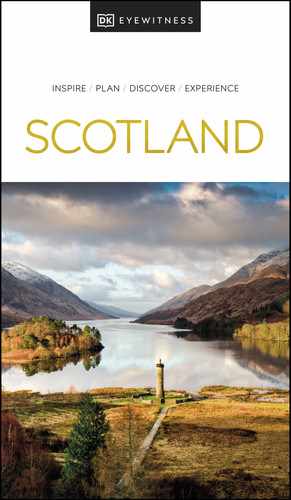a brief
history

t Antique map of Scotland.
Scotland has been torn apart by religion and politics, coveted by a powerful neighbour, and wooed and punished for 400 years in the power struggles between England, France and Spain. The country has risen and fallen through the ages, but has always demonstrated an irrepressible spirit.
In the Beginning
Stone Age settlers arrived in Scotland in around 7000 BC. By 2000 BC their Neolithic descendants were erecting impressive megalithic stone structures like those at Callanish, which were to become a focus for ritual activity during the Bronze Age, and stone villages like Skara Brae. By around 800 BC they had learned to forge iron, evolving into what Tacitus called the Picts, the “painted people”. Often regarded as savage warriors, recent studies suggest that the Picts were in fact a sophisticated people who could read, write and convey their culture and history through art.
Romans and Caledonians
The Romans invaded Scotland in AD 82–84, but by AD 121, after several defeats at the hands of the Picts, they were forced to retreat to Hadrian’s Wall, which marked the northwest frontier of the Roman Empire for nearly 300 years. The traditional view is that Hadrain’s Wall was constructed to keep the Caledonians from raiding and pillaging the civilized Roman Empire; however, some historians believe its real purpose was much less noble: that it was designed to intimidate and extract taxes from tribes on both sides of the border. A later attempt to secure Rome’s frontier in the form of the Antonine Wall, between the Clyde and Forth, failed and the Romans abandoned Britain in AD 410.
New Invaders
In 1072 William the Conqueror led the first Norman incursion into Scotland, with little success. The border between Scotland and England was already under dispute, and centuries of conflict were still to follow. At this time, Scotland was made up of a number of loosely connected regions lead by Scottish kings and clan chiefs who gave lands to Anglo-Norman barons in return for serving in Scotland’s wars.
The Wars of Independence
After the death of Alexander III in 1286, Edward I of England installed a puppet king by the name of John Balliol. When the Scots rebelled, King Edward’s army invaded. In pursuit of independence from the English crown, rebels rallied behind a commoner, William Wallace, who lead them in their fight for independence as Guardian of the Kingdom of Scotland. After he was captured and executed, their support shifted to the now famed warrior, Robert the Bruce. Scion of a Norman-Scots dynasty, and with a claim to the throne, Bruce forged nobles, commoners and clansmen into an army that won a decisive victory at the Battle of Bannockburn in 1314, successfully re-establishing Scotland’s status as an independent country.
The Unlucky Stuarts
The Stuart dynasty began with Robert the Steward, who became king in 1371. They were an ill-fated line: James I and James III were assassinated, James II was blown up by one of his own cannons, James IV died in battle, as did James V. His baby daughter became Mary Queen of Scots and was executed on the orders of Elizabeth I of England, the last monarch in the Tudor dynasty. Mary’s son, James VI, was luckier, inheriting Elizabeth’s throne in 1603, uniting the crowns and reigning until 1625 as James VI of Scotland and James I of England.
The Reformation in Scotland
The Reformation arrived during Mary, Queen of Scots’ reign, creating a deep and long-lasting religious divide during which Catholicism was purged, albeit with revivals and impregnable strongholds in the Highlands and islands. Scotland’s most vociferous leader of the Reformation was the preacher John Knox.
Open war between Scottish Presbyterians and King Charles I merged with England’s Civil War, when Scots fought for both sides. Charles II, crowned at Scone after his father was deposed and beheaded in 1649, was driven into exile. Scotland became part of Cromwell’s Commonwealth until Charles’s restoration in 1660. Protestant Scots Covenanters resisted the Catholic-leaning Charles and his successor, James II, who was ousted in 1688 by the anti-Catholic Whig faction in favour of his daughter Mary II and her Dutch husband, Prince William of Orange.
The Union with England
James VI had reigned for 36 years when he became heir to the English throne, but it was bankruptcy that finally forced Scotland into union with England in 1707. With this Act of Union came the dissolution of the Scottish Parliament. Eight years later the last Stuart monarch, Queen Anne, was succeeded by her cousin George, Duke of Hanover. Defeat at Culloden after Jacobite risings in 1715 and 1745 finally extinguished support for the exiled Stuarts. It was followed by brutal pacification of the Highlands. Peace, however, fostered a new mercantile economy. Trade with England’s colonies enriched merchants whose capital eventually financed a steam-powered industrial revolution. Glasgow became a great manufacturing city, Edinburgh an intellectual powerhouse and Dundee a thriving centre of the textile industry.
The Road to Devolution
Scotland’s newborn proletariat became a fertile recruiting ground for socialism and trade unionism. Glasgow’s industrial heartland was nicknamed “Red Clydeside”. Working-class areas like Fife and Dundee were also strongly left-wing. Industry suffered as the British Empire declined after World War II but discovery of North Sea oil in the mid-1970s boosted the economy. It was also a gift to the Scottish National Party, which adopted the slogan “It’s Scotland’s Oil”. The majority of Scots voted in favour of the creation of a Scottish parliament in the Scottish devolution referendum in 1977.
Scotland Today
Scotland in the 21st century is a cosmopolitan society. Many Scots are descendants of 19th-century immigrants from Ireland and Italy. Others originate from Commonwealth countries, notably Pakistan, Bangladesh and India, or from EU countries. There are also substantial Turkish and Chinese communities.
The SNP has dominated politics since devolution, but their battle for independence was lost by a thin margin in the 2014 referendum. In the 2016 Brexit referendum, Scots voted to stay in the EU. England’s vote to leave, however, means Scotland, as part of the UK, must follow against its will, which in turn has reignited calls for a second vote on independence. Whether this vibrant nation chooses to go its own way or stay within the UK is yet to be seen.
Did You Know?
The name Steward was changed to Stuart to make it easier for the French to pronounce.
Did You Know?
The Scottish Parliament reconvened in Edinburgh almost 300 years after it was dissolved by the Act of Union in 1707.
BIRTH OF A NATION
The Scottish nation emerged from centuries of conflict and warfare between Picts, Scots, Britons, Angles, Norsemen and incomers from Ireland and even the Roman Empire, who could not conquer the land they called “Caledonia”. In 843 AD the Scots and Pictish realms merged to form the Kingdom of Alba, and by the 11th century this included most of what we know today as Scotland.
Discover A Brief History
THE JACOBITES

The first Jacobites were mainly Catholic Highlanders who supported James VII of Scotland (James II of England), deposed in 1688. Their desire to restore the Catholic throne led to uprisings in 1715 and 1745. Their failure led to the end of the clan system and suppression of Highland culture for at least a century.
Bonnie Prince Charlie (1720–88)
The last of the Stuart claimants to the Crown, Bonnie Prince Charlie marched his army as far as Derby, only to be defeated at Culloden.Disguised as the loyal maidservant of a woman called Flora MacDonald, he fled to Skye and sailed back to France in 1746. He later died in Rome. Flora was buried in 1790 on Skye, wrapped in a bedsheet of the “bonnie” (hand-some) prince.
Discover A Brief History
Timeline of events |
7000–2000 BCMesolithic and Neolithic eras |
800 BCDawn of early Celtic Iron Age culture |
82 ADFirst Roman incursion into Caledonia |
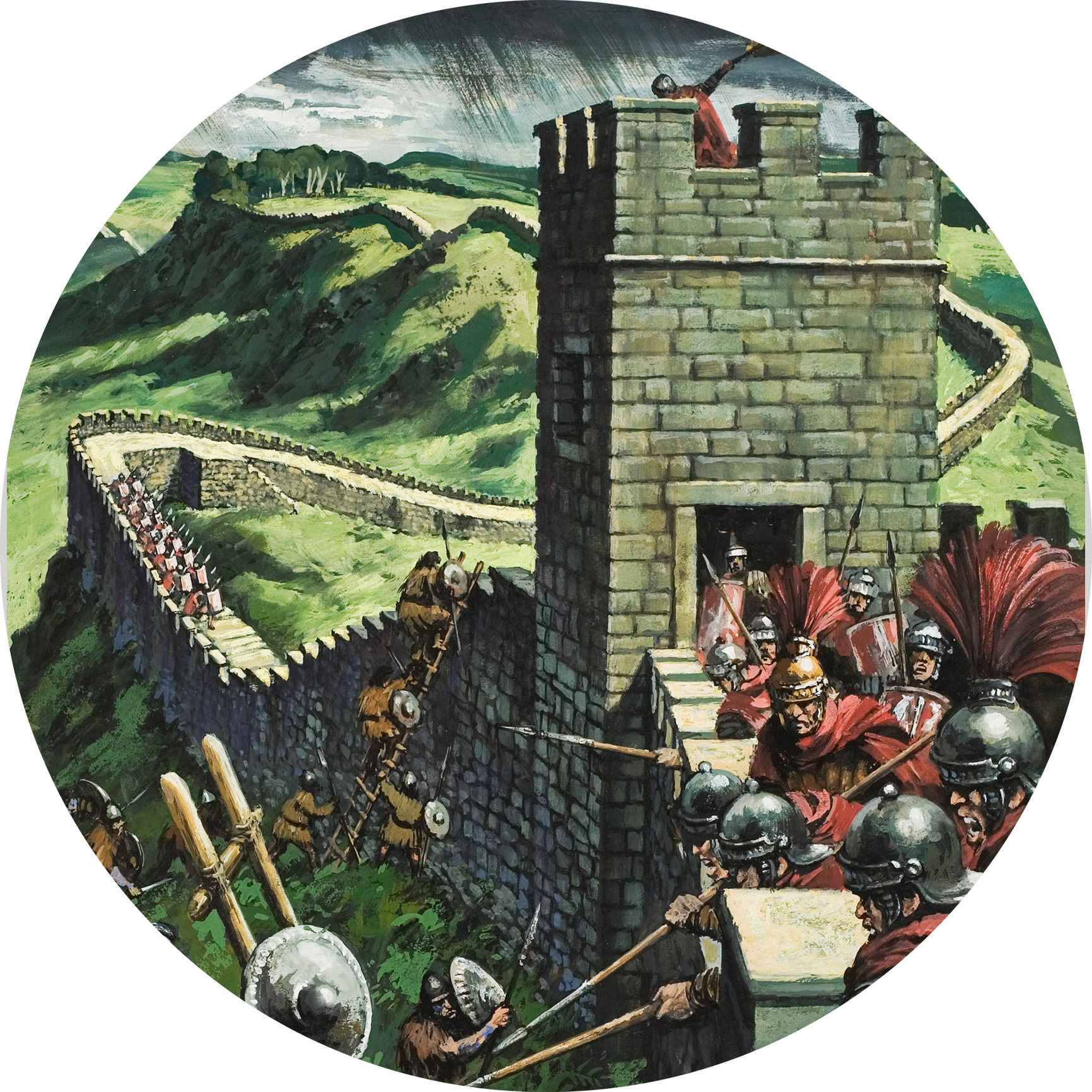
121Roman withdrawal from Caledonia and construction of Hadrian’s Wall |
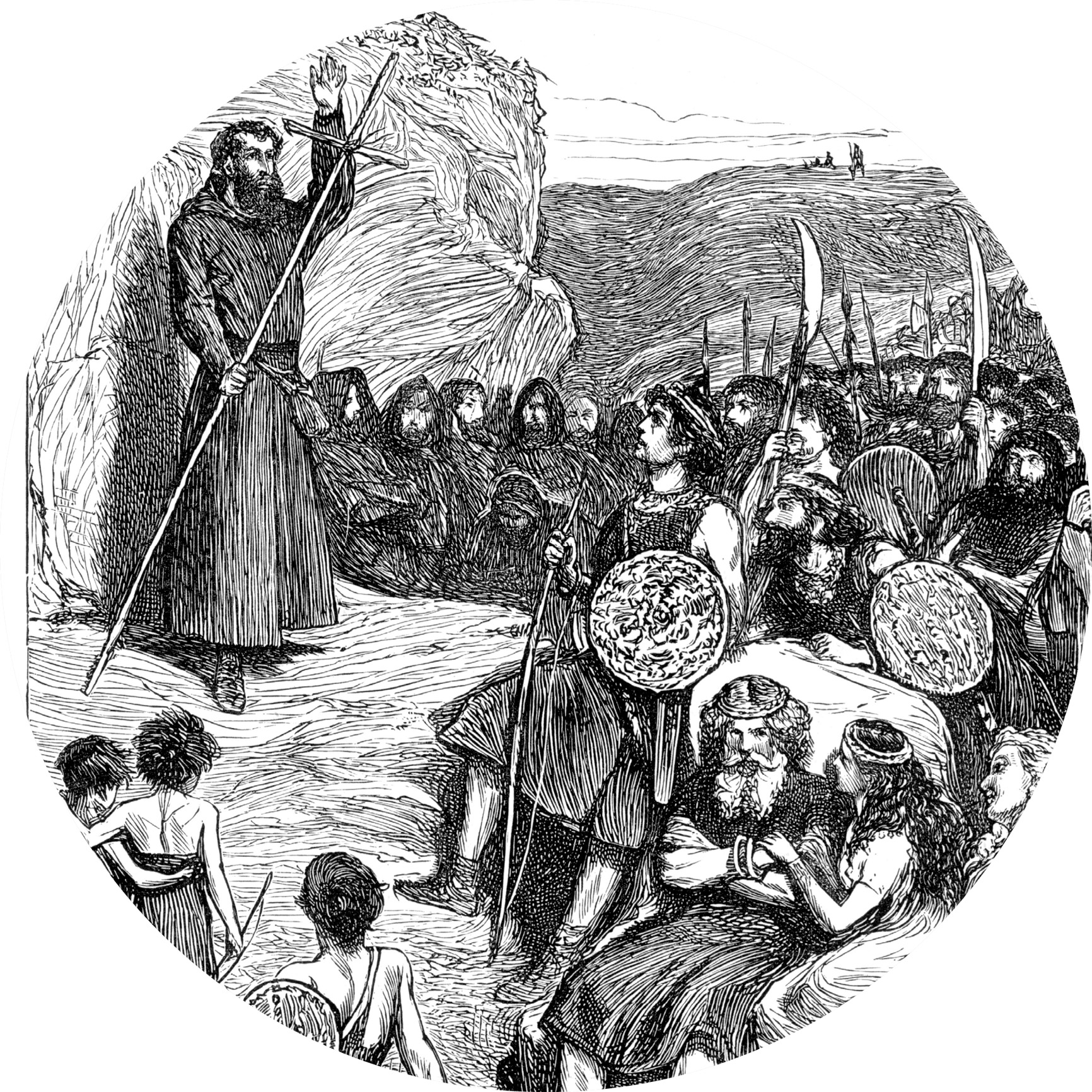
563Columba founds a monastery on the island of Iona and spreads Christianity |
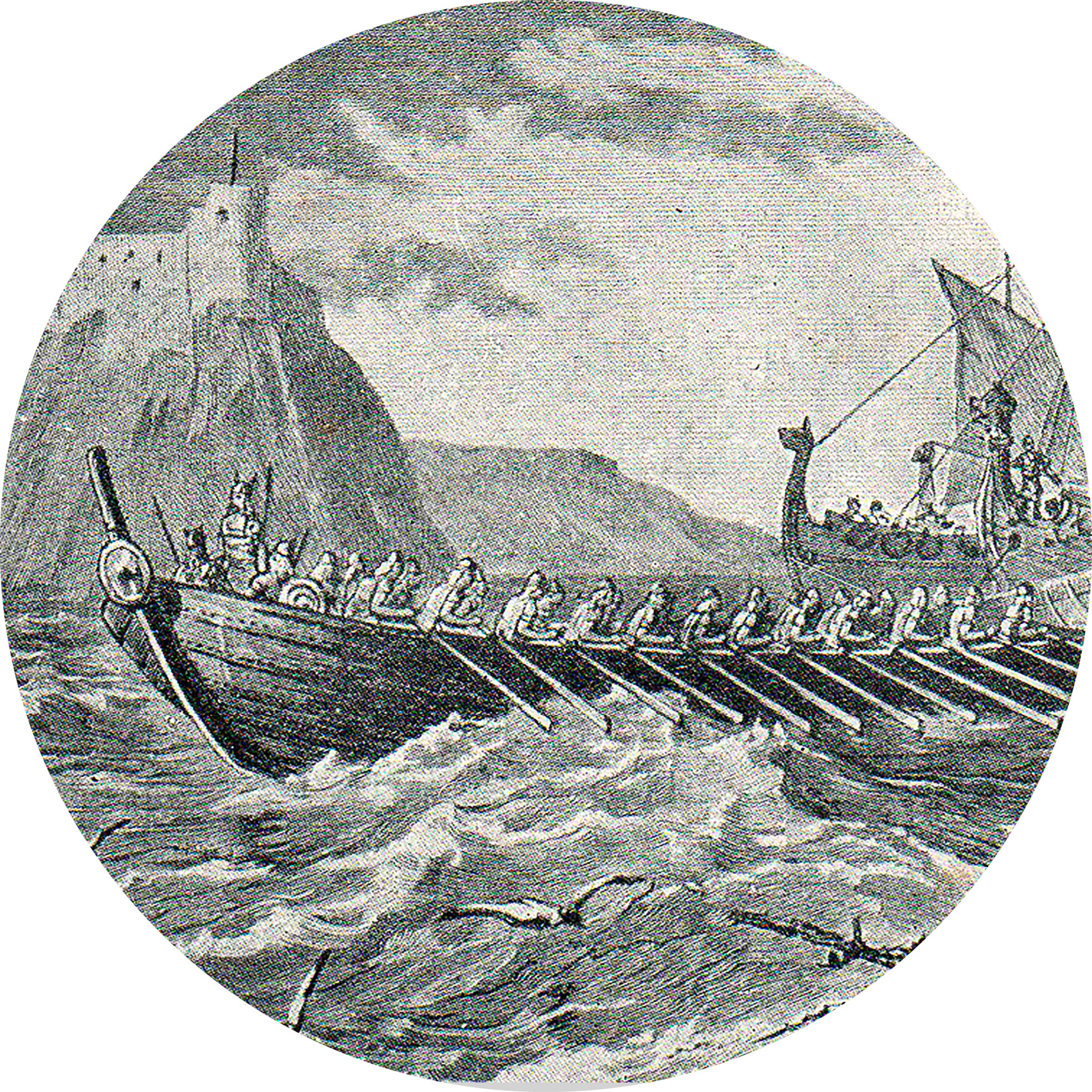
794The first Vikings cross the treacherous North Sea to raid, trade and eventually settle in Scotland |
843Union of Scots and Picts creates the Kingdom of Alba |

1040Macbeth rules over the Kingdom of Alba until 1057 |
1124King David I imposes a Norman feudal system. A clan system prevails in the Highlands |
1154Loss of “southern countries” to England |
1287Edward I of England and his troops are defeated by Scots at the Battle of Stirling Bridge |
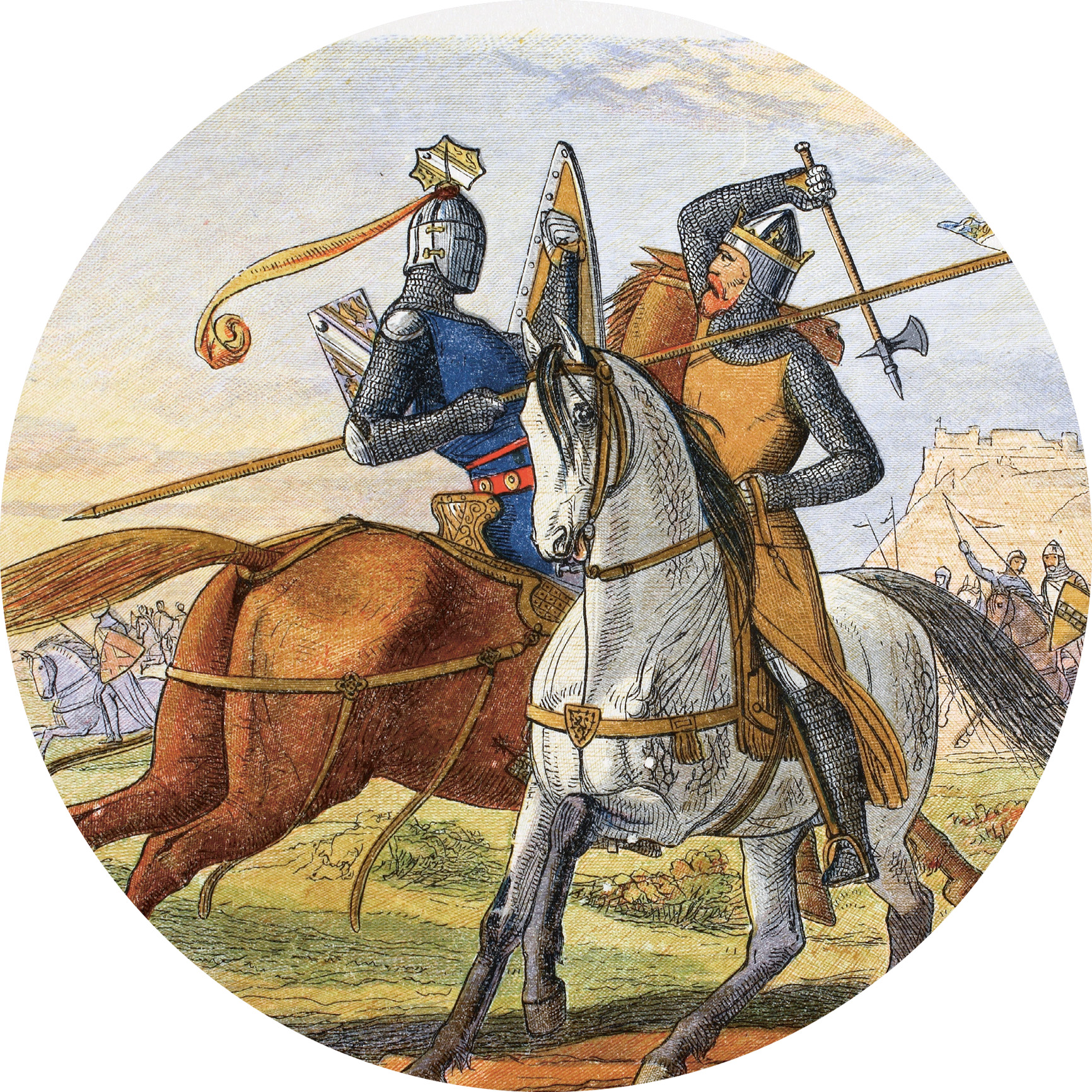
1314Scots defeat Edward II of England at the Battle of Bannockburn |
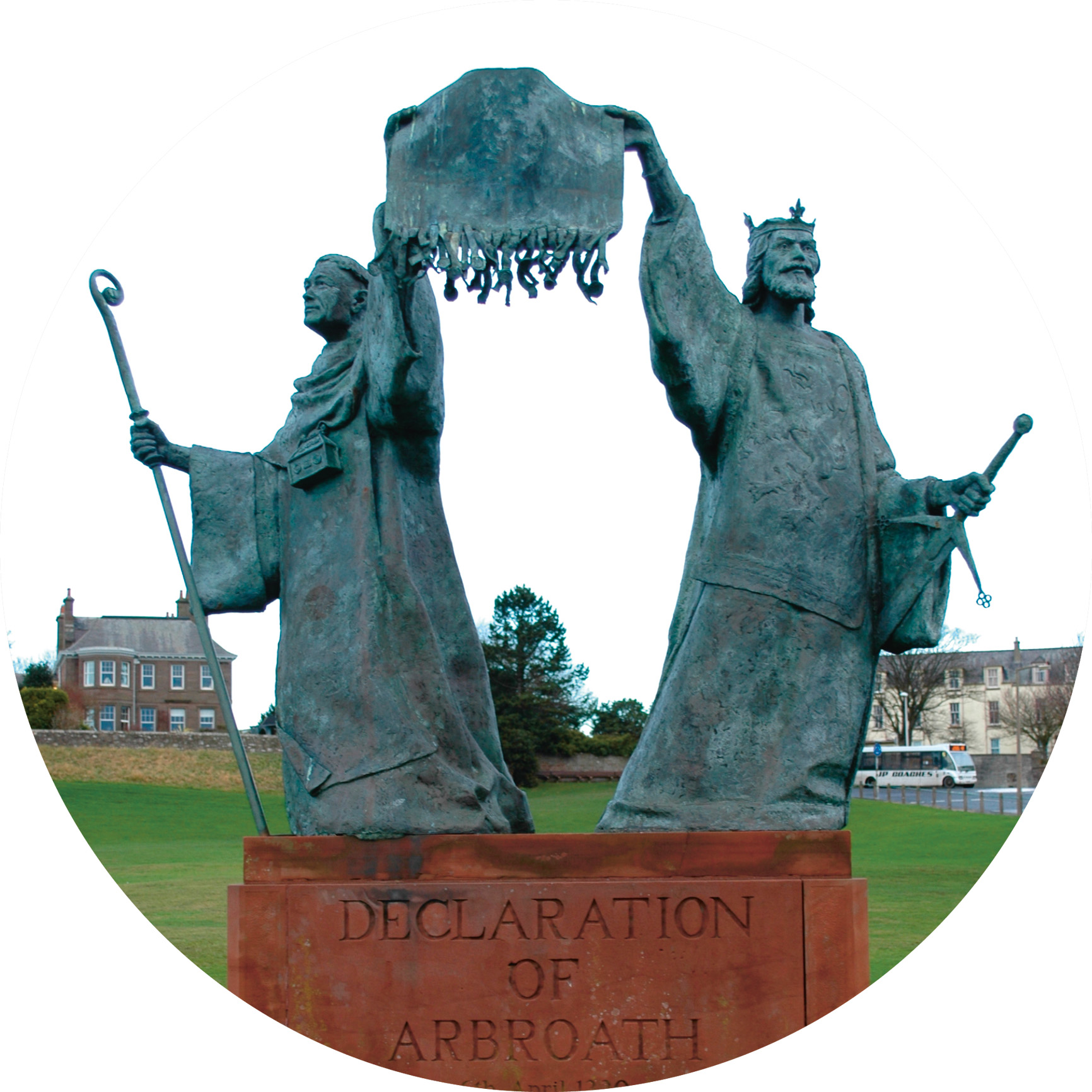
1320The Declaration of Arbroath affirms Scotland’s status as an independent country |
1326Meeting of the first Scottish Parliament |
151310,000 Scots including James IV die at the Battle of Flodden |

1542Mary, Queen of Scots, becomes Queen of Scotland when she is just six days old |
1559John Knox leads the Reformation |
1603James II of Scotland succeeds Elizabeth I to become King of both Scotland and England in the Union of the Crowns |
1641Cromwellian occupation of Scotland |
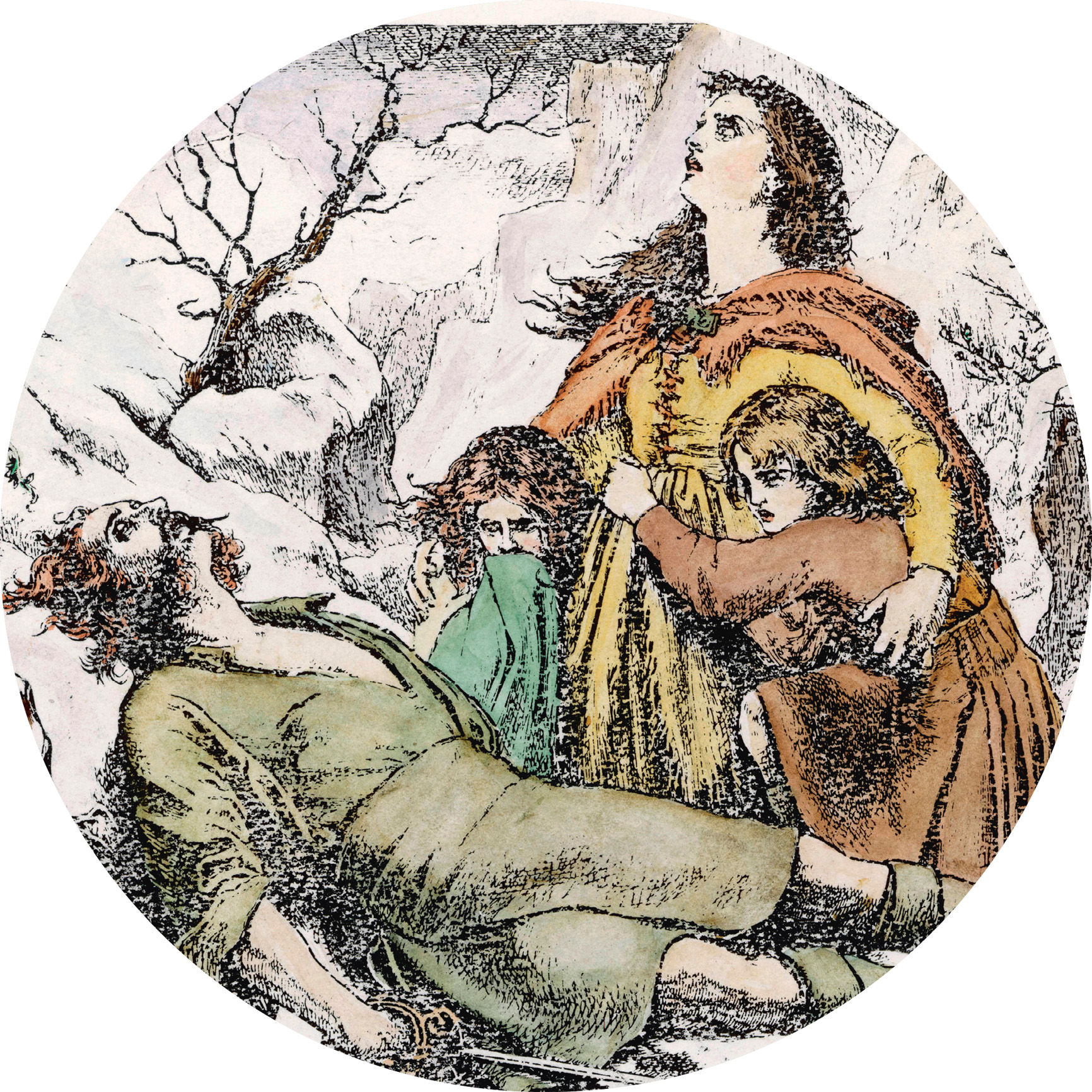
1692Clan Campbell murder 38 MacDonalds on the King’s orders in the Glencoe Massacre |
1707Act of Union creates United Kingdom of Great Britain |

1745Bonnie Prince Charlie leads the second Jacobite Rebellion |
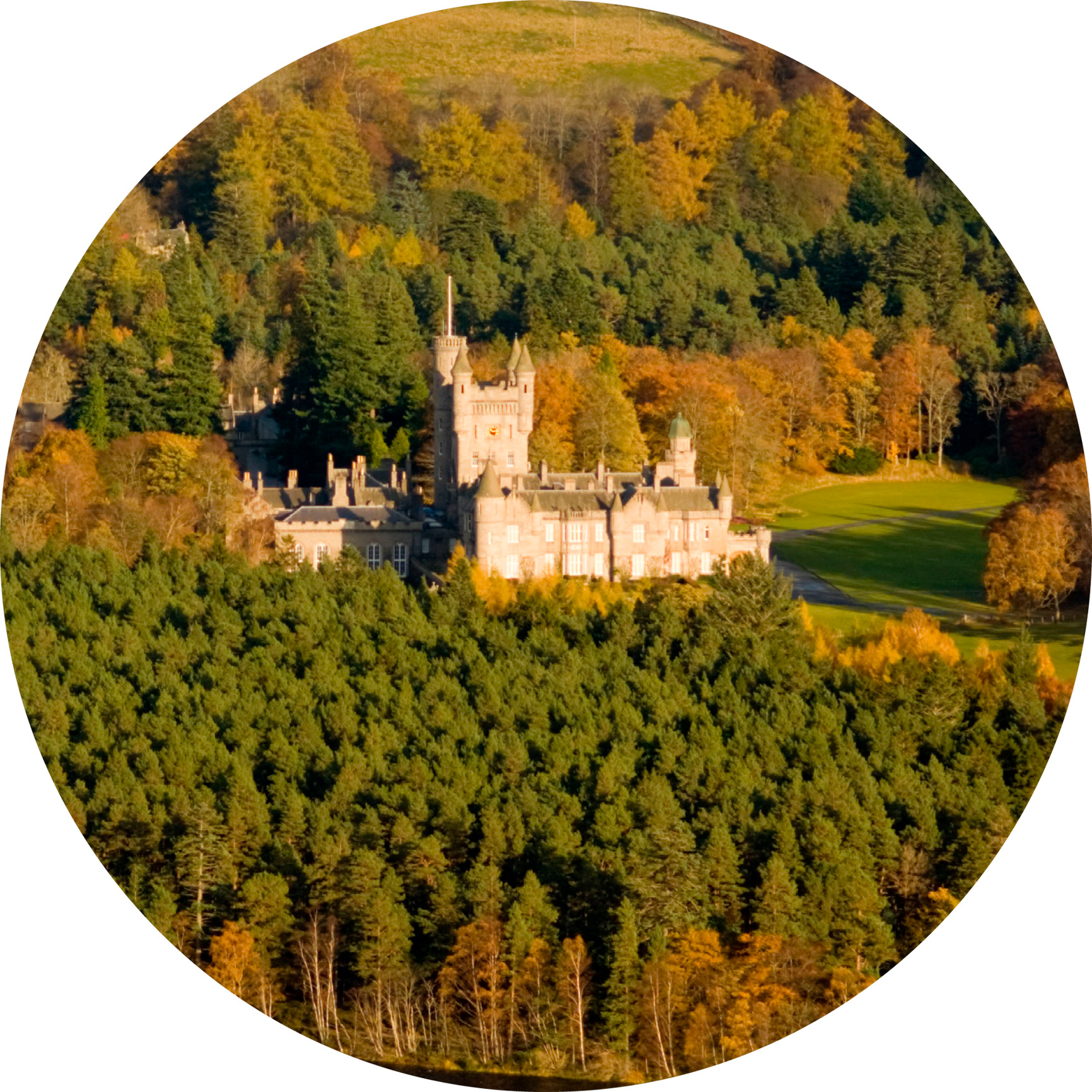
1848Queen Victoria’s first visit to Balmoral |
1914Glasgow’s shipyards are of vital importance to the war effort |
1929Worldwide depression leads to huge unemployment and deprivation |
1943German air raids during WWII result in the deaths of more than 1,000 Scots between Glasgow and Clydebank |
1975Exploitation of the newly discovered North Sea oilfields begins |

1996The Stone of Destiny is returned to Edinburgh Castle |
1999Scottish Parliament reinstated after 292 years |
2014Nicola Sturgeon becomes the first female First Minister of Scotland |
201662% of Scots vote for Britain to remain in the EU referendum |
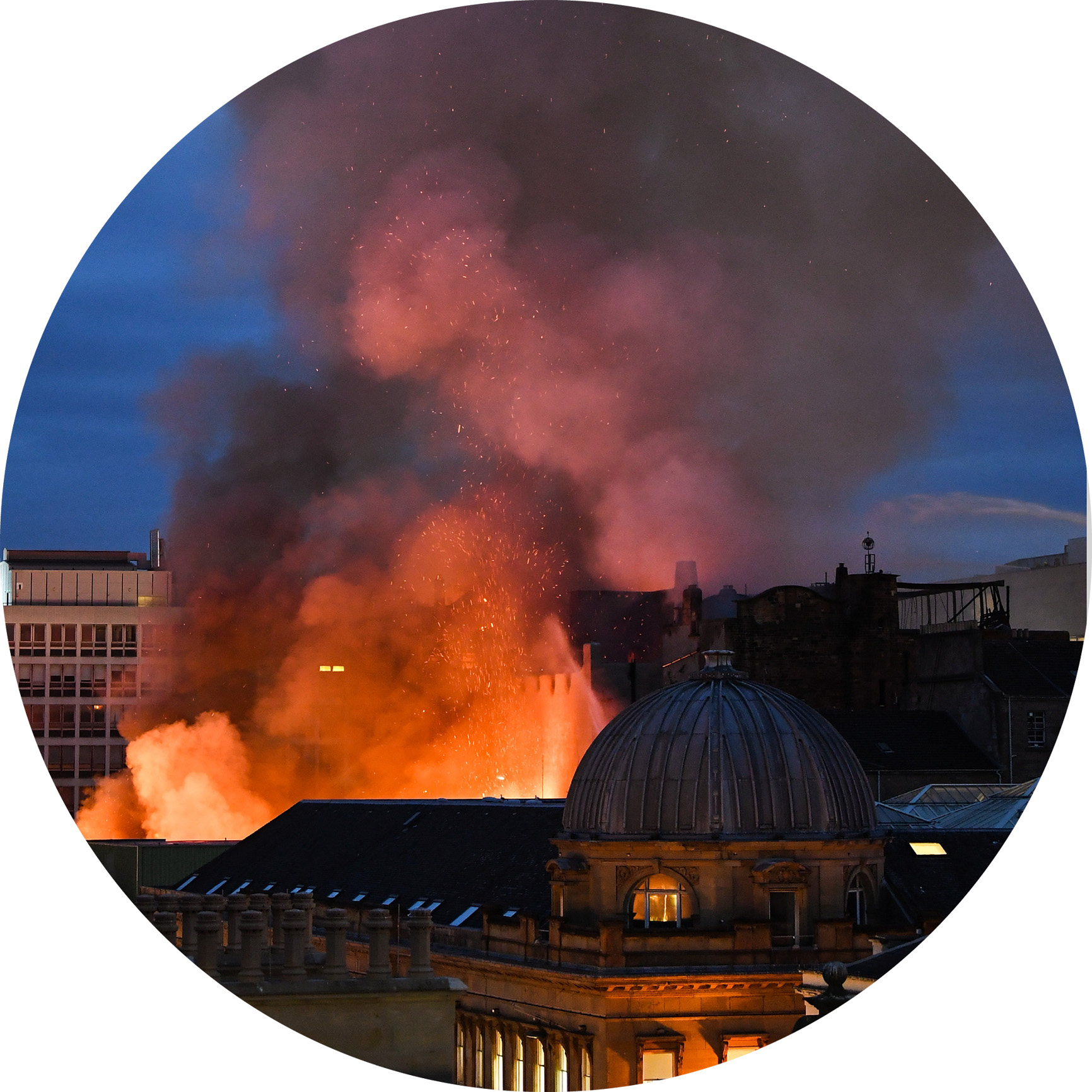
2018A fire destroys Glasgow School of Art and the V&A Dundee opens |
